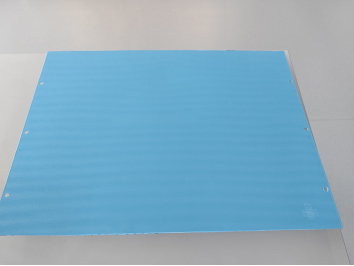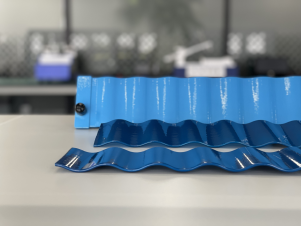Brief Analysis of Liquid Cooling Plate Technology and Lankwitzer's Innovations
A liquid cooling plate is an efficient heat dissipation solution that transfers heat generated by heat emitting components to an external radiator through the flow of liquid. Its technical principle is based on the characteristic that the thermal conductivity of liquids is much higher than that of air. It uses media such as deionized water and fluorinated liquids to establish a circulating heat dissipation system.
Main Types
Stamped Large Plate: Made of aluminum alloy, it has a high degree of freedom in flow channel design and excellent heat dissipation performance.
Harmonica Tube Structure: Simple, lightweight, and low cost, it is suitable for heat dissipation of small vehicle batteries.
Extruded Plate: It has strong load bearing capacity and is mainly used in commercial vehicles and soft pack batteries.
Serpentine Tube: Specifically designed for cylindrical batteries, it has a high level of lightweight.

Figure 1: Stamped Large Plate

Figure 2: Serpentine Tube
Lankwitzer has made a major breakthrough in thermal management materials for power batteries. Its UV insulating coating technology, developed in cooperation with BMW, replaces the traditional "blue film" solution and has the following advantages:

Figure 3: Lankwitzer Liquid Cooling Plate Production Line
There is a potential synergistic effect between liquid cooling plates and UV coatings in power battery systems. UV coatings act as an insulating protective layer, while liquid cooling plates serve as heat dissipation components. Together, they ensure the safe and stable operation of the battery system.
100% Solid Content Coating: Meets environmental protection requirements.
Excellent Chemical Resistance: Resistant to acids, alkalis, electrolytes, coolants, and water.
Electrical Performance: Possesses high insulation and voltage resistance.
Durability: Resistant to high temperature and high humidity aging, wear, impact, and salt spray.
In terms of fire and flame retardant performance, the traditional PET "blue film" caught fire actively during the second consecutive test at a high temperature of 700℃ and failed to reach the V0 level. In contrast, high quality UV insulating and thermally conductive coatings successfully passed the test for the highest flame retardant grade V0, enhancing the fire safety of vehicles.
Industry Trends of Liquid Cooling Plates
By 2025, liquid cooling technology is becoming a high growth track, with the main driving factors including:
The explosive demand for AI computing power has pushed chip power consumption beyond the heat dissipation limit.
Global green transition policies are promoting efficient heat dissipation solutions.
The scale effect has brought the cost of liquid cooling close to that of traditional air cooling.
